This deep shade-loving fern produces two distinctly different types of fronds on one plant: evergreen, outward-reaching sterile fronds with denser leaflets, creating a slightly flattened rosette year-round, and stiffly upright, fertile fronds with narrower, less dense leaflets that last through summer, giving it added seasonal interest.
Description from monrovia.com
Home > Plant Guide >
Scientific Name
Family
Garden Type
Wildlife
Native Plant Region
Light needs
Water Needs
Plant Type
Bloom Color(s)
Height
Width
Months in Bloom
Safe Beneath Power Lines?
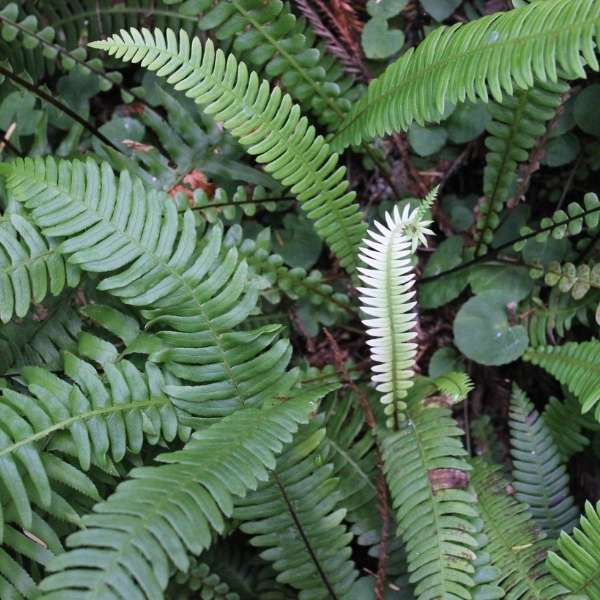
We’d like to maintain accurate and robust plant listings. If you see information that is not correct or that could be added to improve the listing, please let us know. Or if you’d like to suggest a plant to add to our plant guide, you can use this form do so. Thank you!
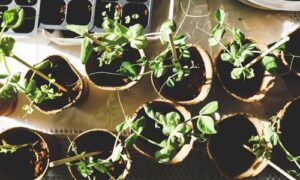
Gardeners can check out seeds for free from the library to plant. Then after harvest, gardeners bring seeds back to the library for others to enjoy in future growing seasons.
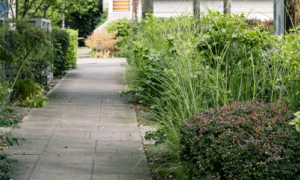
Do you want to plant a tree, create butterfly habitat, or start a vegetable garden but don’t have a yard? Learn how planting strips are a great place to start your own garden!
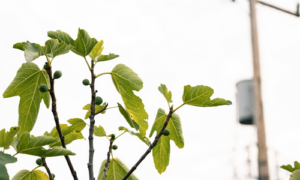
Learn about the diversity in pigeon populations in the United States and the implications of this variability on the species.
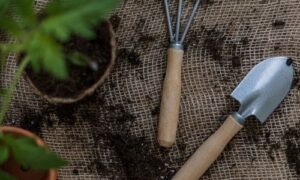
New types of vegetation can attract additional wildlife to an area. You might be surprised how a little green can go a long way!

Despite the urban character and the high population density, a surprising diversity of life exists in Capitol Hill. Explore a few physical aspects of our urban ecosystems and meet some of its more-than-human residents.

Learn about diversifying the way architecture is taught and practiced from designers of color.
Nature of Your Neighborhood is a collaboration between Birds Connect Seattle, the Capitol Hill EcoDistrict, and the Seattle Bird Conservation Partnership. Our goal is to foster relationships between the people and the nature of their neighborhoods.